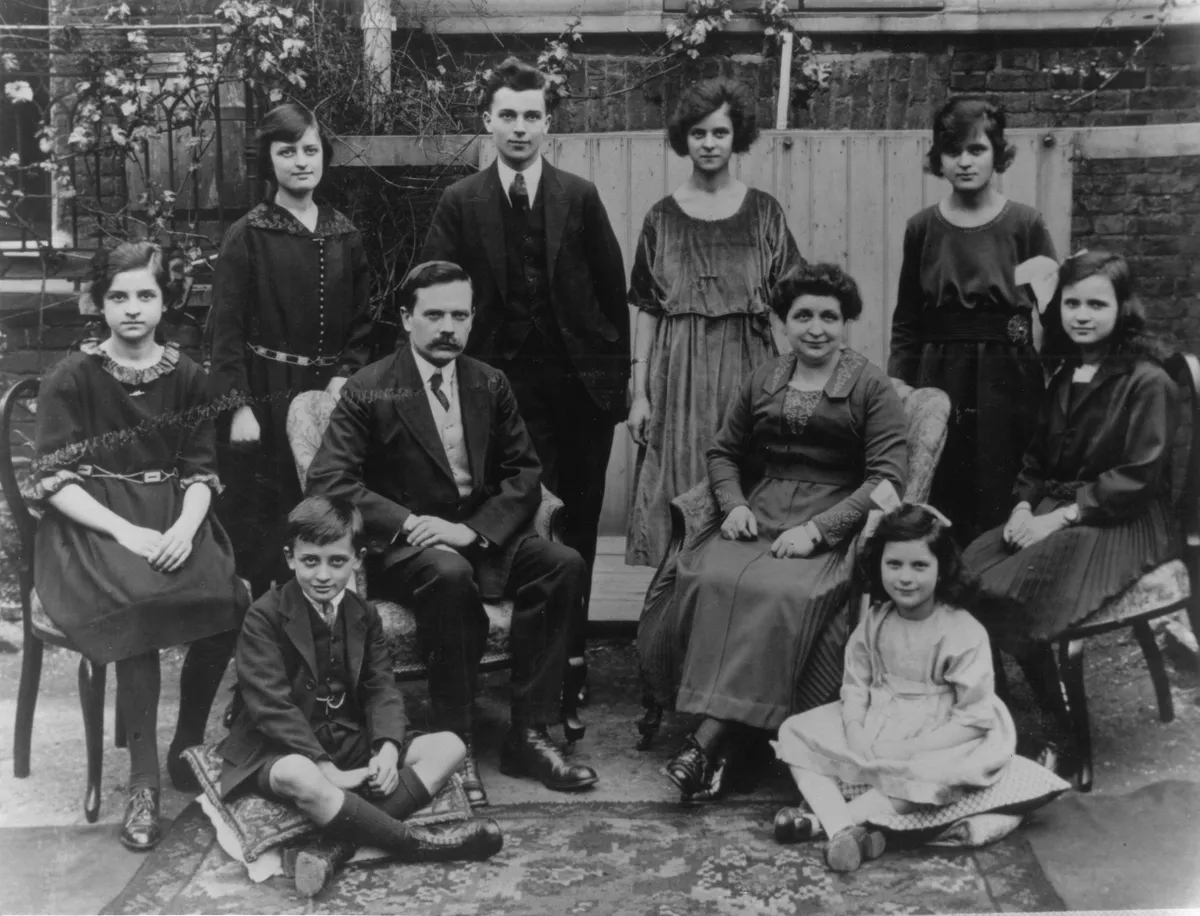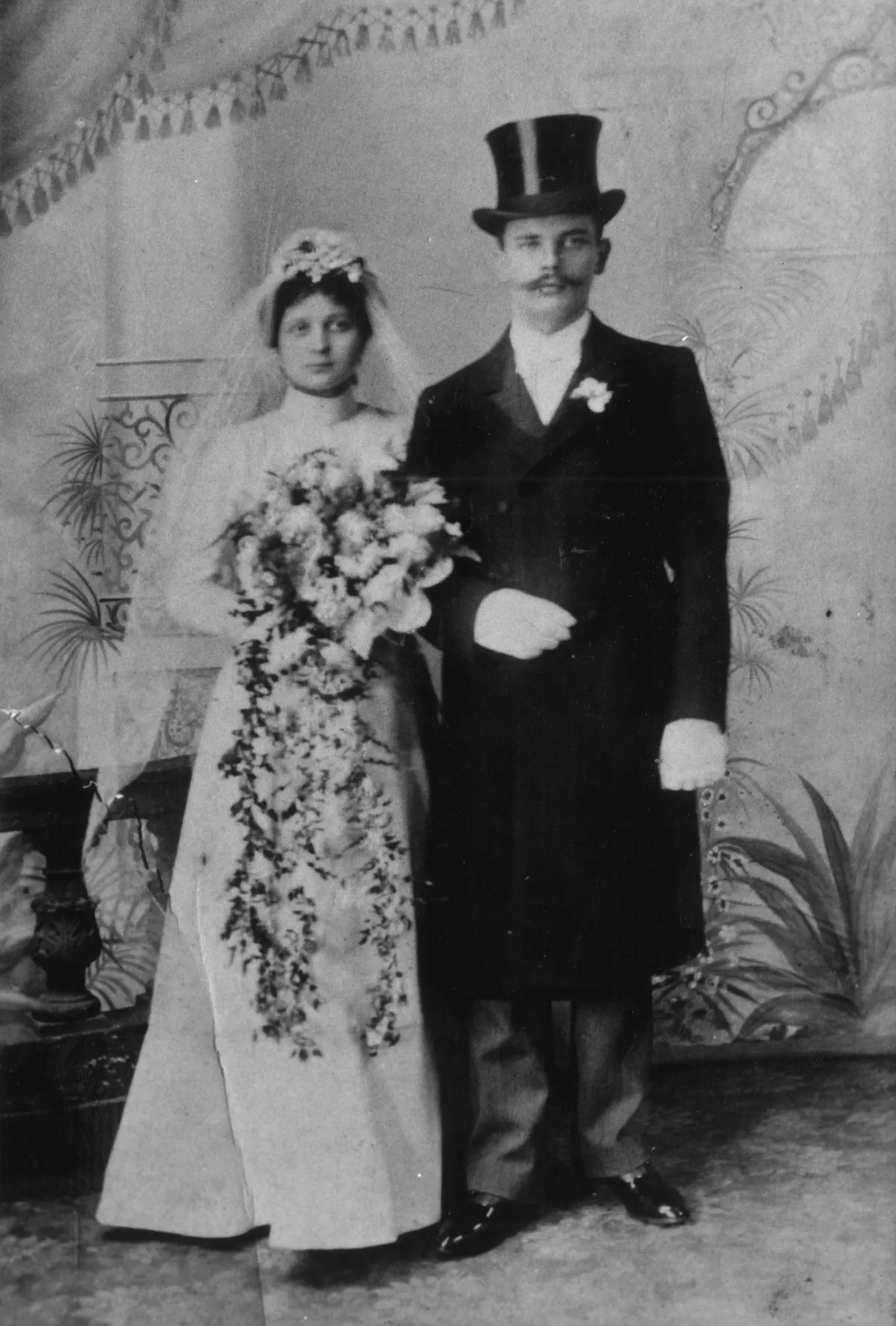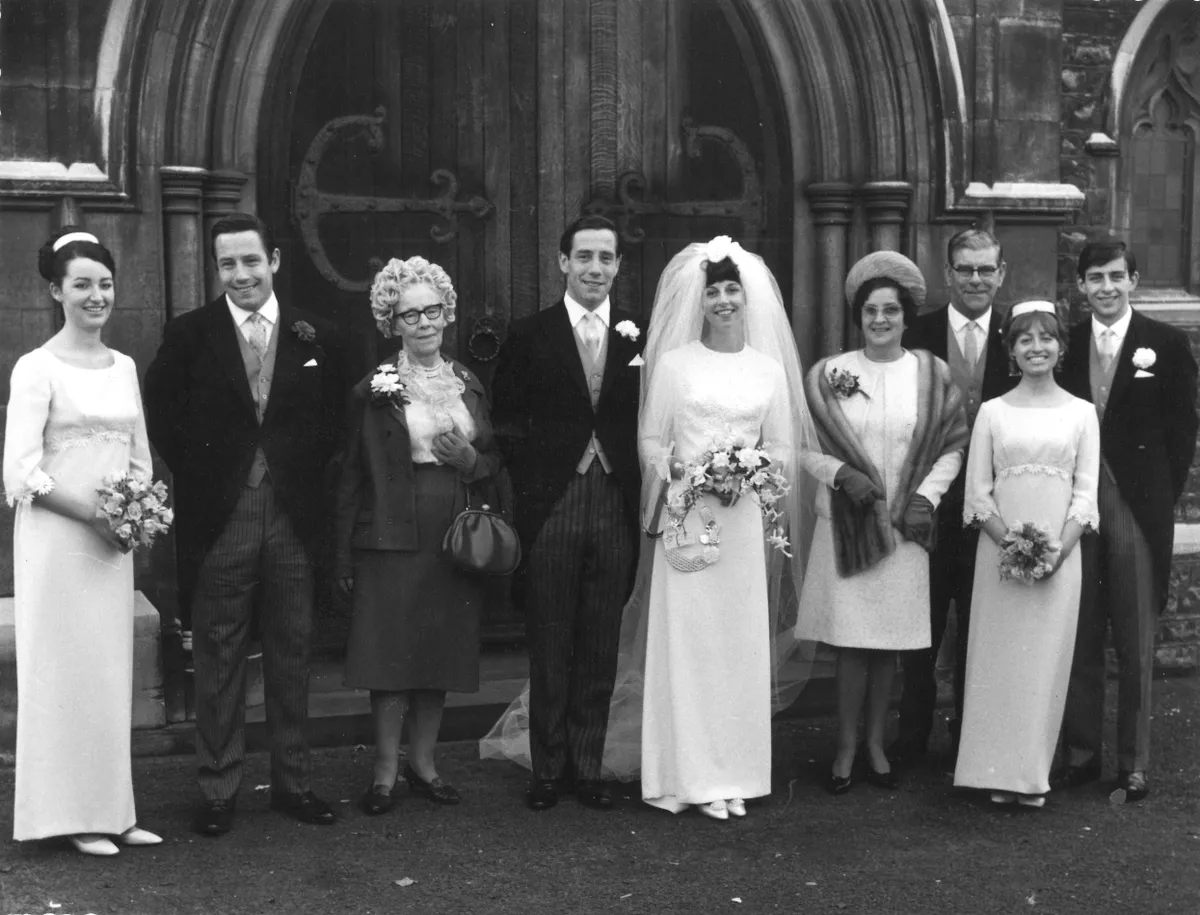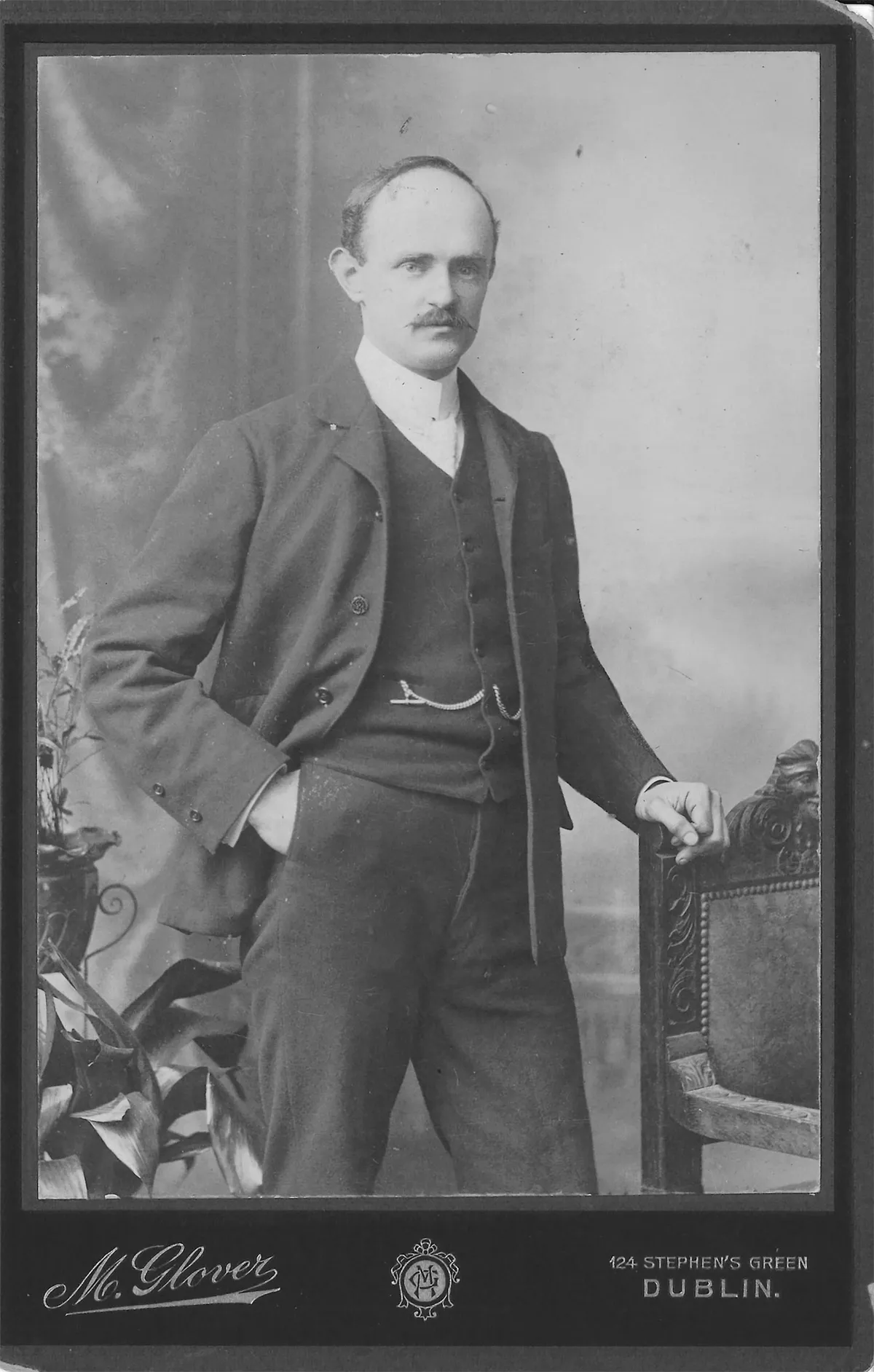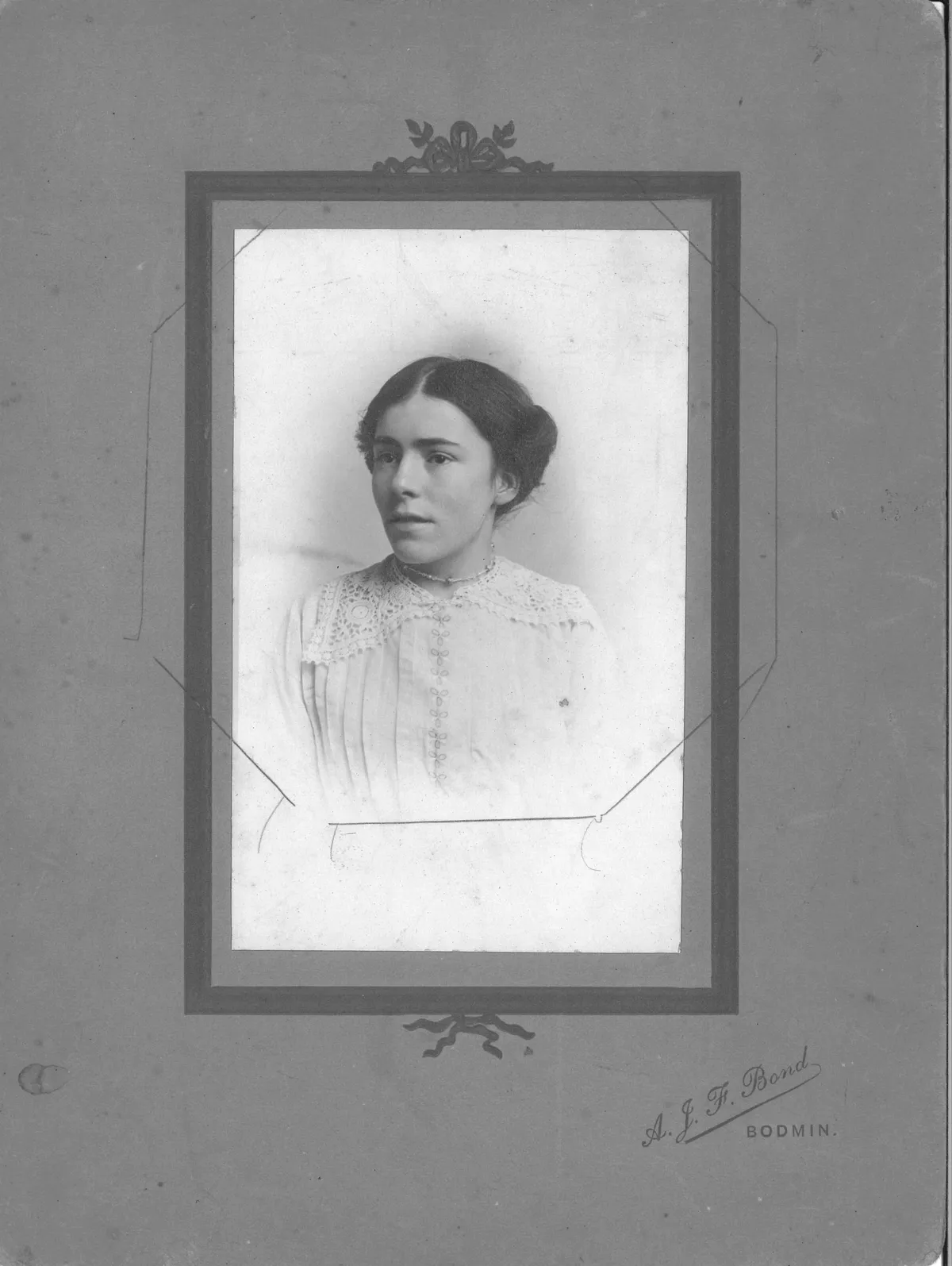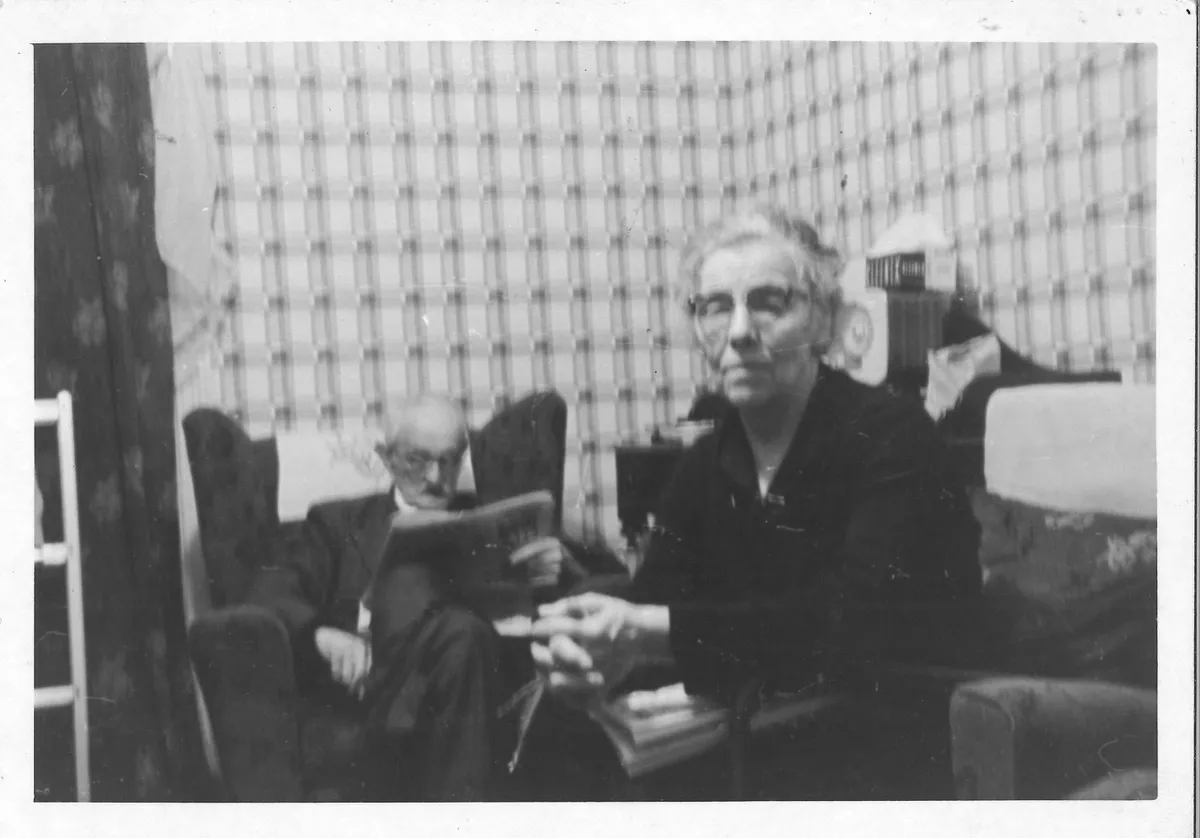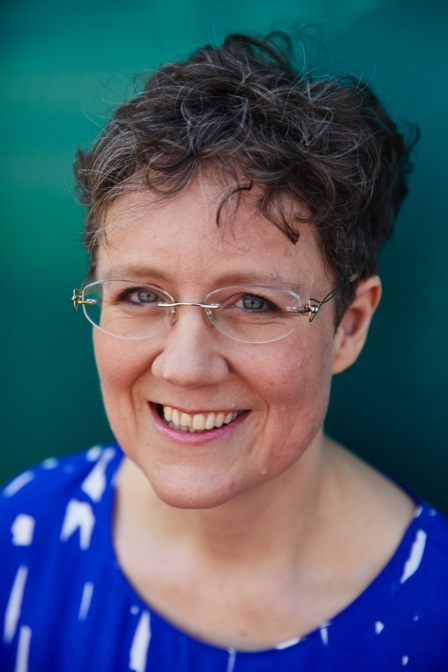Comedian and broadcaster Sue Perkins is well known for her travel shows and for hosting The Great British Bake Off with her long-term friend and comedy partner Mel Giedroyc. She is also a keen amateur boxer and uses the sport to help her relax. "Some people might find their spiritual dimension in a lotus pose, I find mine in an upper cut," she jokes.
Sue grew up in Croydon the eldest of three children, with dad Bert and mum Anne. “From my dad’s side I get empathy and a love of people, but also a fear of people and what they can do, from my mum’s side I get drive”.
In her episode of Who Do You Think You Are? she admits that it was the loss of her dad in 2017 that made her want to “stop in her tracks” and examine her family’s past and find out where their traits originate from. “We’re a conflation of all the pain and suffering and fun and movement of our ancestors,” she says.
Sue starts by going through a box of old family photos with Mel Giedroyc who has known the Perkins family for decades. Looking at a photo of her maternal grandmother, Lydia, Sue remembers her as extremely hardworking, “I know she was the daughter of immigrant parents… so presumably that drive comes from them.”
Another photo reveals Lydia’s parents Anna and Emil with their eight children. Sue says she knows there was some kind of German or Eastern European connection and jokes with Mel, whose father emigrated from Lithuania, that perhaps they will find their families came from the same “neck of the words”.
Next Sue finds a marriage photo of her paternal grandfather Albert and grandmother Florence, dated 1917. “I know nothing about my grandad other than he was very short and moustachioed and I think got bits blown off in every major conflict in the late 19th and early 20th century,” she quips. She also finds a letter from the Swanage Nursing Association from 1937 praising Florence’s work as a midwife.
Inspired by the box of family photos, Sue sets off to find out more about Albert, the grandfather she never met. She heads off to Bodmin to meet with genealogist Maggie Lewis outside the church where her grandparents married in 1917. The church is now housing, so they head off to a café to look at some documents that Maggie has uncovered.
First up she examines her grandfather’s birth certificate. He was born 19 December 1875 to Henry and Fanny Perkins. Six months later his mother had died. In the 1881 census Albert and his brother Sidney is with his father Henry, stepmother Mary Ann and a new sister, but disaster strikes again as both Mary Ann and Henry die the following year, just a few months apart.

Albert ends up in Exeter workhouse with his siblings but not long afterwards his uncle Francis Perkins, a watchmaker in Frome, takes Sidney to live with him. Ten months later, Albert joins them.
Sue reflects on Albert’s difficult start in life, “My assumption, looking at the photo of Albert was that he was a rather strict, taciturn Victorian gentleman, whose pain had been forged on the battlefield, and then I hear about his life and all that he endured as a kid, unimaginable sorrow as a child and that's where the pain comes from.”
Having found out about her grandfather’s traumatic childhood Sue sets off to find out about his army career and meets military historian Andy Robertshaw at Bodmin Keep. His attestation papers show that he joined the Light Infantry in 1892. He is sent to India in 1897 and returns the following year. When the Boer War breaks out he is sent to guard Boer prisoners in Ceylon, now Sri Lanka, for two years. Then, in 1914, aged about 40, he signs up again. Suffering from trench foot he meets his wife-to-be Florence while recovering.
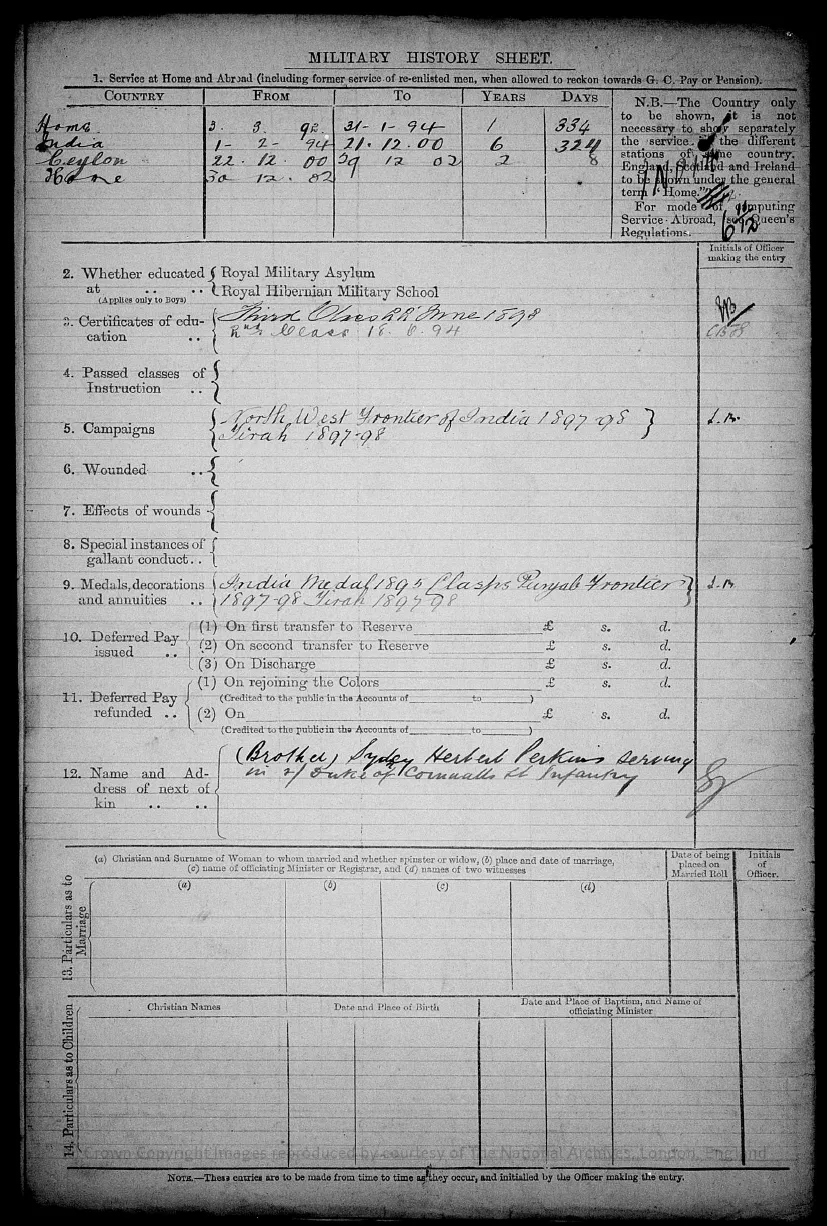
Sue heads off to Bulford military camp in Salisbury Plain where Albert and Florence lived after they married and where her father was born, to find out more about her grandmother Florence. She discovers that while her grandfather Albert looked after the children, Florence trained to be a midwife and was lucky to gain a salaried position as a municipal midwife in Southampton in 1937. Unfortunately, the city suffered from heavy bombardment during the Blitz and Sue is shown a letter requesting steel helmets for the midwives who had to continue visiting patients during air raid attacks. The request was refused.
Next Sue turns her attention to her mother's side of the family, the Müllers. “I was fortunate enough to know my grandma Lydia, but her parents are shrouded in mystery. I know they were immigrants, but I don't know much more than that,” she confesses.
Sue visits the old family home on Emerson Street in Southwark, London and meets with author Robert Wyndham to find out more about Lydia’s parents Emil Gustav Müller, a tailor, and Anna Tislau. They married at the German Reformed Church in 1901 and both of their fathers are recorded as farmers. By the time of the 1911 census they are listed as having six children.
“I remember lots about my grandmother, she's a big figure in my life with a booming cockney voice, and yet here we look at the census she's very firmly listed as German,” Sue says. After the sinking of the Lusitania in the First World War, German businesses were targeted by angry mobs and the British government rounded up German men, including Emil, and interned them in camps on the Isle of Man.
Sue heads off to the Isle of Man where she meets Professor Stefan Manz who shows her photographs of what Knockaloe camp was like. At its peak it held 23,000 internees in huts that each housed 30 occupants with little private space. However, looking at a photograph of a tailor’s workshop in the camp, she hopes that her great grandfather managed to find distraction from the difficult conditions of the camp by using his professional skills.
Next, Sue wants to explore her great grandmother Anna’s roots. Looking at the 1901 census she discovers her place of birth given as Navininkai, Russia. However, much to Sue’s delight, the town, near Marijampole, is now part of Lithuania giving her a wonderful connection to her friend and comedy partner Mel.
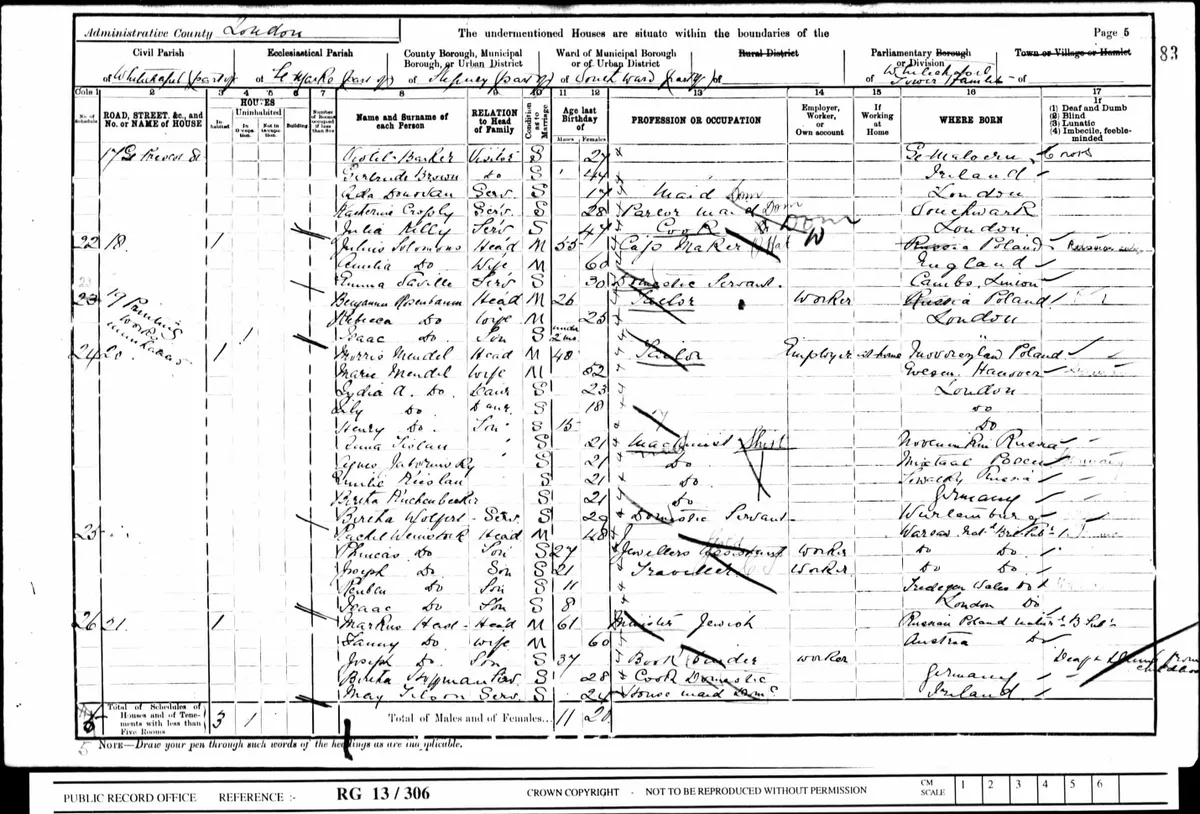
Keen to discover more about where her great grandmother Anna Tislau came from before she married Emil in London in 1901, Sue heads off to Marijampole in Lithuania where she meets genealogist Regina Kopelovich. Looking at old maps of the area, Regina shows Sue where her great grandmother was born, close to the border of Germany. Hundreds of Germans came over in the late 18th century, tempted by cheap farmland and settled in communities that kept their German religion, language and culture.
To Sue’s surprise she discovers that her family once owned a huge house that no longer stands. “I made the assumption that Anna’s story was the classic immigrant one that the family had nothing and she left for a better, brighter future, but I’ve come here and it turns out that her family had a big property,” Sue says, wondering whether Anna’s choice to leave was based on wanting to see the world.
Next Sue meets Professor Christoph Mick to find out what happened to Anna’s family after she emigrated to London. She discovers that those that stayed behind got caught up in the horrors of the Second World War. Germany signed a pact with the Soviet Union in 1939 giving Lithuania to the Soviets, encouraging those of German descent to return to the country. However, Sue discovers that the Tislaus were categorised as not Aryan enough. Anna’s brother Albert and his family were detained in Germany. Tragically, his wife’s sister Adeline, listed as deaf with learning difficulties, was executed in 1942 as part of the Nazi eugenics policy. Albert returned to Lithuania but in 1944 was captured by the Soviets and forced to work as an agricultural labourer for ten years before finally being repatriated to Germany.
Finally, Sue heads to the church in Lithuania where her great grandmother Anna was baptised. To her astonishment and delight she discovers that it is now being used as a boxing gym. “I’m so blown away… everything comes full circle!” she exclaims. “I always knew I came from what might be deemed humble stock, ordinary people. But these were extraordinary ordinary people and they have done amazing things for themselves.”
Sarah Williams is the editor of Who Do You Think You Are? Magazine
